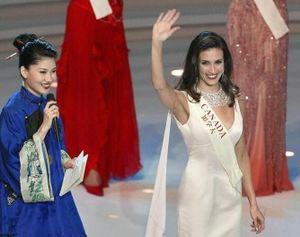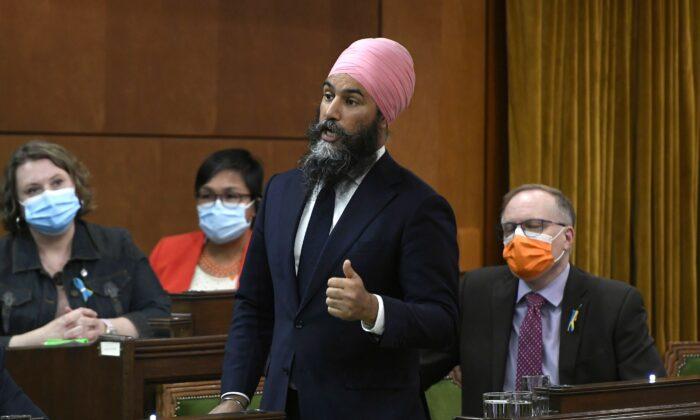The world’s oldest and largest beauty pageant is making some fundamental changes to the way it contributes to the development of its contestants, and Canada is leading the way.
Pageants have a long tradition of rewarding the winner and discarding the rest. It has been a singular event with singular goals, and individual achievement is the overarching goal.
This is something Ike Lalji, CEO and chairman of Miss World Canada, aims to change.
When he took over leadership in 2012, he instigated two important changes that would revolutionize the way the pageant, winners, and delegates relate to each other and the many charities they support.
“One thing I’m proud to say is that when I came on board, I brought some changes with me,” said Lalji. “We are the only pageant in the world to take certain initiatives.“
These initiatives consist of the Development Program and the Miss World Canada roster.
“In a usual traditional pageant, what happens is the contestants work for what you call the competition, they choose a winner and the rest go home. So when I took over, what I was excited about was empowering young women to reach their full potential,” said Lalji.
“But then I was wondering if these girls who do the competition, after they go home, what are we really doing for them to empower them? Not much, right? But a lot is done for the winner.”
With that thought in mind, he developed a strategy to enable current and former contestants to reap the benefits of being a pageant contestant long after they leave the stage.
As a reflection of this long-term commitment, each Miss World Canada delegate will be placed on the Miss World Canada roster.
“They get a permanent title in the organization, they get their own e-mail, they get their own Facebook page, and then they stay as part of the pageant as long as they want,” Lalji said.
“Last year, for example, all across the country we had contestants from previous years and this year, working together in different projects across the country,” he said about the way the pageant has shifted its focus from the individual to a sense of community amongst the contestants.
“This is something new, because normally pageants are very individualistic.”
Development Program
The pageant’s long and storied history and current popularity make it a vehicle of success for the young women involved. Recognizing the impact on the lives of the contestants, and more importantly their ability to become leaders in their communities, Lalji also implemented a program to foster leadership skills.
“We are the only pageant in the world to take certain initiatives—it isn’t like this in other pageants,” he said, adding that other countries have taken notice and expressed interest in following Canada’s lead to develop similar programs.
“I think it is something to be very proud of—that we are the first pageant and we are Canadian,” he said.
The Development Program involves ongoing training by some of the world’s top leadership organizations, including Dale Carnegie Training. Renowned leaders in personal growth training such as Deepak Chopra and Anthony Robbins, each with an interest in developing a young generation of world ambassadors, contribute material to ongoing leadership training.
Beauty With a Purpose
The philanthropic nature of the contest is one facet that sets it apart from other contests of its kind.
“It’s not about just beauty and models on stage,” said Lalji. “The nice thing is that it is philanthropic and humanitarian.”
“It’s a beauty pageant, so of course beauty is one of the ingredients, but then we have this thing we call beauty with a purpose.”
To date, the Miss World Organization has raised over $500 million, contributing to various charities including Variety - The Children’s Charity, to raise funds to improve the quality of life of children with special needs.
To Lalji, past delegate Nazanin Afshin-Jam, wife of Defence Minister Peter Mckay, exemplifies the model of Miss World Canada.
“She was not a queen, but she was first runner-up. But even as a first runner-up, today she’s also fighting for human rights and all these causes, so it’s very powerful, and she went very far with these.”
This humanitarian effort is reflected strongly in several of this year’s contestants, such as Anastasia Lin who has dedicated her life to religious freedom, and Janelle MacMillan, a champion of under-privileged kids who was awarded Young Humanitarian of the Year by the Red Cross in Prince Edward Island in 2011.
Miss World 2013 celebrates its 63rd edition in September in Jakarta, Indonesia, with the Miss World Canada crowning gala taking place on May 9 at the River Rock Casino & Resort in Richmond, British Columbia.





